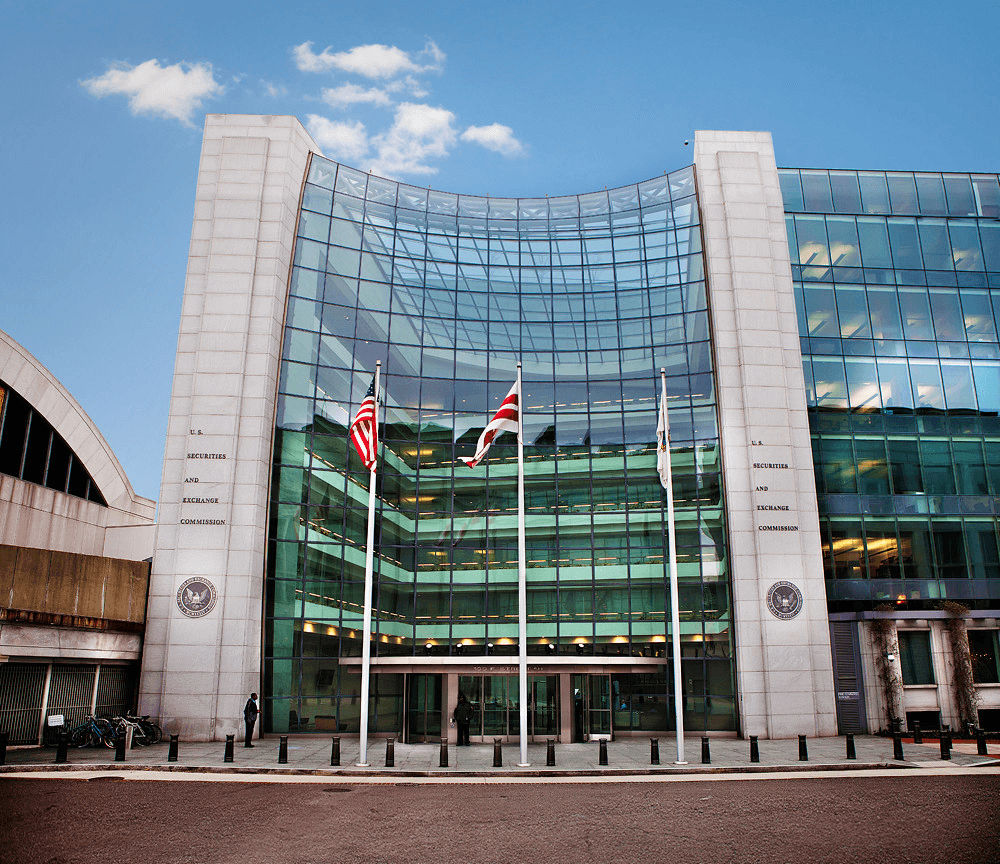Blockchain and Mutual Fund Reform: Charting a Course in Uncertain Waters
May 19, 2023
2023 is a time of challenge and innovation for the American mutual fund industry. At the heart of the issue is the Securities and Exchange Commission's (SEC) latest set of proposals. On the surface, they aim to fortify open-end funds against the kind of market turmoil we've seen before. Yet, the feedback from the industry is anything but positive. Let's dissect these proposals and ponder the potential of blockchain as a viable countermeasure.
First on the SEC's docket is Liquidity Management. It calls for mutual funds and certain ETFs to keep 10% of their net assets as highly liquid. This is clearly a direct response to the liquidity crisis during the COVID-19 market upheaval and recent banking turmoil. However, the mutual fund industry contends that this approach oversimplifies the nature of fixed-income investments, many of which may rarely make it to the trading table.
The Hard Close, another SEC proposition, would place a strict cut-off at 4 p.m. Eastern Time for mutual fund trading. It's a ruling that might cause consternation among those with defined contribution plans who can't always meet the 4 p.m. deadline, forcing them into a less favorable next-day price. The potential fallout, a potential shift of assets to more flexible financial products, ironically at the cost of investor protections and higher expenses.
Furthermore, we have a Swing Pricing proposal. The SEC suggests that fund values should swing with trading activity, making investors who exit pay their own way out, thus avoiding dilution for those who remain. While this seems fair, it comes with a baggage of operational difficulties and transparency issues as investors won't know if swing pricing is in effect until after their transaction is processed.
Enter the potential blockchain remedy. The Stellar blockchain, known for its ability to upend traditional financial systems, presents some interesting solutions to these challenges:
The prospect of 24/7 trading in blockchain-powered mutual funds can render the proposed hard close rule obsolete, giving investors the freedom to make transactions whenever they wish.
Blockchain's potential for cost efficiency is a game-changer. By drastically reducing transaction fees, it keeps mutual funds in the competitive race, allaying fears about investors seeking greener pastures with less restrictive financial products.
Transparency and security, hallmarks of the blockchain, partially address investor concerns about the ambiguity of swing pricing. Transactions are visible to all participants and are immutable, which boosts transparency. Plus, the decentralized and encrypted structure of the blockchain fortifies security, lowering fraud risk.
Instant transaction processing, another feature of blockchain, helps maintain liquidity even during market shocks, as investors may buy or sell fund shares on demand.
Of course, while blockchain's potential is tantalizing, we are still in the early innings of its application in the mutual funds industry. Nevertheless, as the sector weathers regulatory shifts and seeks innovative solutions for investor concerns, the blockchain is part of the solution roadmap to consider. The mutual fund industry's destiny may increasingly be tied to how it embraces and adapts this potentially revolutionary technology. Firms like Franklin Templeton are already seeing exponential blockchain growth.
BPV provides tools for Financial firms such as mutual funds to issue and manage funds on the Stellar Blockchain. For a personalized demo please email support@bpventures.us today.
